Mastering grammar rules, particularly those related to nouns, is an important element of learning Italian. Knowing how to form the plural of Italian nouns, in particular, is important for communicating effectively in the language.
Making mistakes with plural nouns is one of the classic signs that you don’t fully master the Italian language.
Do you know how to use Italian singular and plural?
Take a look at these pictures and words. What are your thoughts?
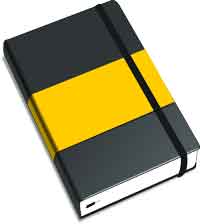
LIBRO
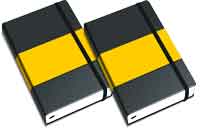
LIBRI

CASA

CASE

PENNA
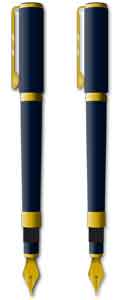
PENNE
YES!
Most nouns in Italian become plural by changing their endings: to express a change in number. You usually do it by changing the ending from one vowel to another:
💡 For regular masculine nouns that end in –o,- as in GATTO and LIBRO – the ending changes to –i – as in GATTI and LIBRI – in the plural.
💡 For regular feminine nouns that end in –a,– as in CASA and PENNA – the ending changes to –e – as in CASE and PENNE – in the plural.
… but this is not the end of the story for plurals:

NAVE

NAVI
Some nouns end in –e. – as pesce and nave: the plural forms of these nouns will end in –i (regardless of gender).
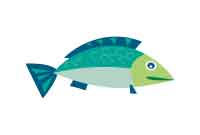
PESCE
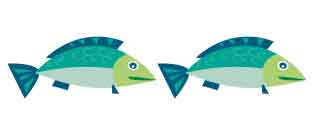
PESCI
So the rules are:
There are many exceptions to these rules but the rules for the three main types of invariable nouns follow:
MASCULINE nouns
Singular: -o -e
libro
pesce
Plural: – i
libri
pesci
singular nouns ending in O become ➠ I in the plural
singular nouns ending in E become ➠ I in the plural
FEMININE nouns
Singular: -a -e
casa
nave
Plural: -e -i
case
navi
singular nouns ending in A become ➠ E in the plural
singular nouns ending in E become ➠ I in the plural
Learn the Exceptions to Plural Nouns in Italian to Speak More Confidently
There are some irregular plural forms that you’ll need to learn as well. For example, some nouns that end in “-co” or “-go” change the “c” or “g” to “ch” or “gh” in the plural.
For example, the singular noun “amico” (friend) becomes “amici” in the plural, while the singular noun “mago” (magician) becomes “maghi” in the plural.
Nouns ending in a different way for Italian Nouns Singular to Plural
Another important thing to keep in mind is that some nouns don’t change at all in the plural. These are known as “invariable nouns” and they include words like “auto” (car), “papà” (dad), and “caffè” (coffee). These nouns are the same in both the singular and plural forms.
1. Nouns that end in an accented final vowel, such as caffè and città, are invariable.
2. Nouns that end in a consonant, such as bar and film are invariable.
3. Nouns that are abbreviations, such as moto, bici, radio and cinema are invariable.
Masculine singular nouns with the feminine plural form
| Masculine SINGULAR | Feminine PLURAL |
|---|---|
| DIto | Dita |
| Ginocchio | Ginocchia |
| Labbro | Labbra |
Ala and Arma even if they are feminine nouns, they form the plural with -i
Ali – Armi.
L’ala ➜ le ali
L’arma ➜ le armi
To make things even more complicated, some nouns have different meanings in the singular and plural forms. For example, the singular noun
braccio” means → braccio del corpo umano,
while the plural noun
bracci” means → bracci di un fiume, della croce
Memorize those rules and practise applying them: Learning how to form the plural of Italian nouns takes time and practice, but it’s an essential part of mastering the language.
By understanding the basic rules and memorizing some of the common irregularities, you’ll be well on your way to speaking Italian fluently and confidently.

What’s next?
You might want to keep learning Italian online with these free resources:









Leave a Reply